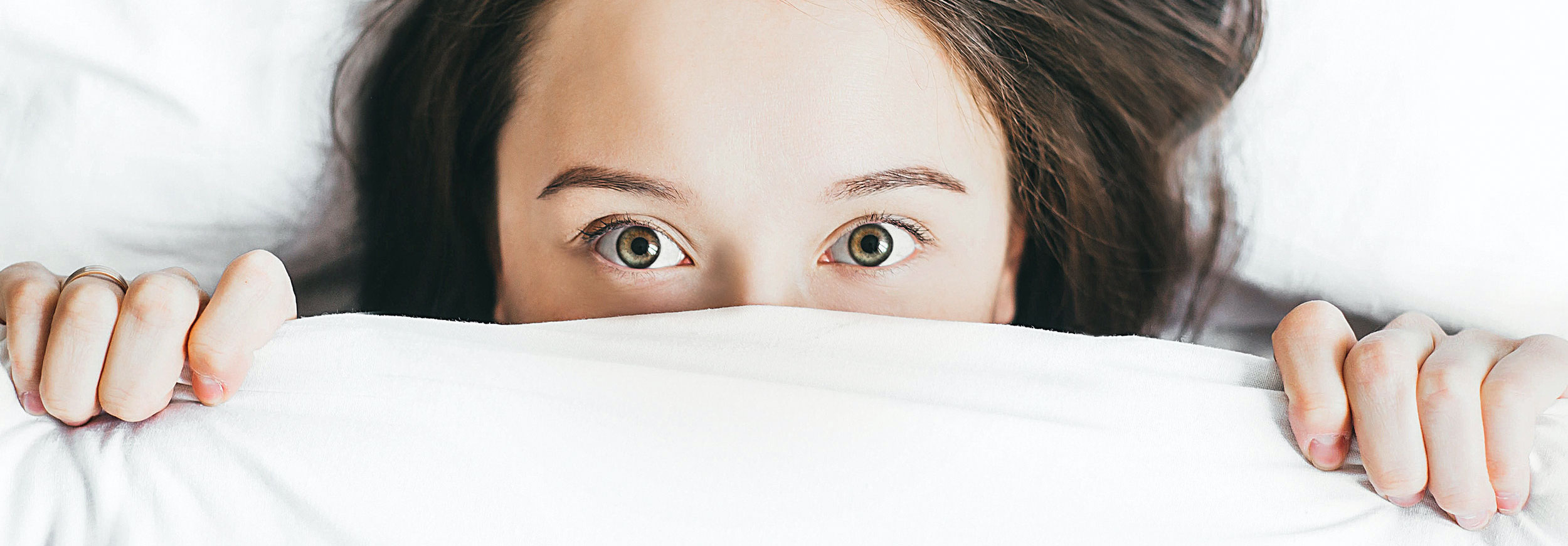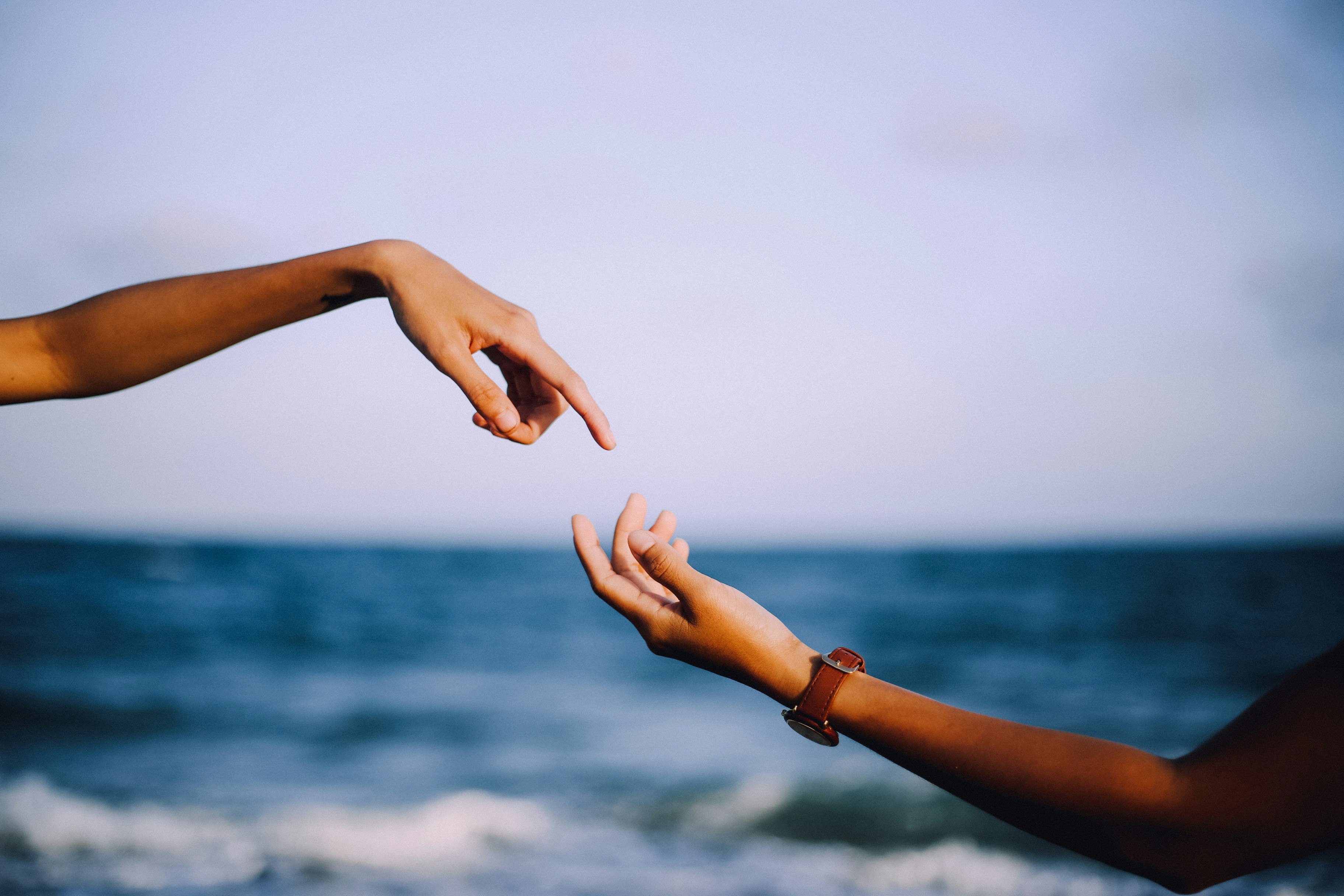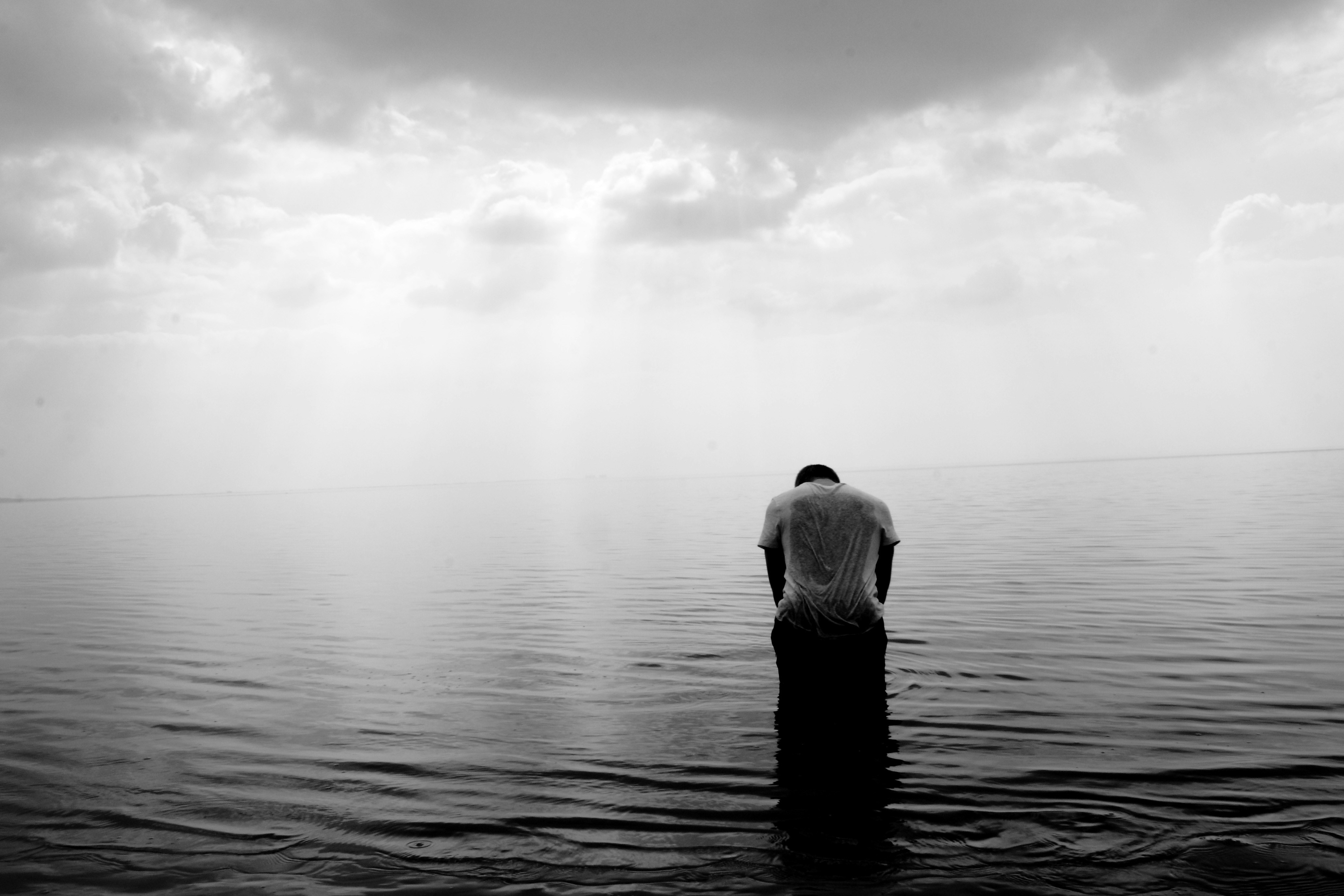Last week, I went to the store for my normal grocery run. I knew from social media and friends that I was going to see empty shelves and may not be able to get everything on my list. Although I had a sense of what I would see when I went into the grocery store, I must tell you that I was not prepared for what I witnessed.
The empty shelves were definitely there. But, also present was an overwhelming sense of anxiety. It was in the looks on people’s faces, the way they pushed their carts, the disarray on the shelves, and the tired expressions of the employees doing their best to keep up with the chaos. There was no doubt in my mind while I walked through the store that fear and panic is very much present in our communities. When you think about it, it makes sense. The coverage of the pandemic is constant. Short of complete disconnection from media and people, there is no way to escape it. We are also drawn to the information because we are trying to digest and process what is happening and we want to know how to prepare.
Research has demonstrated an association between watching media coverage of a traumatic event and increased stress symptoms. The more we consume about the traumatic event, the more stressed we feel. Although most research on the relationship between media coverage and traumatic events has been done on violent events, rapid and large scale spreading of a virus also elicits trauma and stress responses. In 2016 when the Zika virus was a concern, psychology researchers found that social media coverage increased people’s perception of risk versus those that relied mostly on primary and reliable sources of information.
Our sense of risk is driven by our emotions. Fear increases our sense of peril, especially when the threat is new and unfamiliar, when people feel little sense of control over the threat, and when they experience a sense of dread — such as by being exposed to alarming stories about illness and death. So, while it may not make sense to many of us that people are stockpiling toilet paper, it begins to make more sense when framed as a way to exert a sense of control during an event that is uncontrolled and unpredictable.
The American Psychological Association and many other mental health and health organizations have published guidelines for managing your well being during this time.
To summarize what I think is most helpful, I offer the following suggestions:
-
Only consume information from reliable sources. The WHO and CDC offer the most current and accurate information about the Coronavirus.
-
Limit social media consumption. As mentioned earlier, social media coverage of any stressful event tends to be inaccurate and can increase our sense of perceived risk. In general, over-consumption of social media has negative outcomes for mental health and should be limited.
-
Make managing stress a regular part of your routine. Early intervention can lower long-term mental and medical outcomes. Go to therapy, meditate, exercise, make art, listen to music, take a free online course, knit, and anything that you enjoy that helps lower stress.
-
Socialize. Yes, even with social distancing. Isolation also has negative outcomes for mental health. Facetime, Skype, Netflix watching parties, online book clubs, and small gatherings of friends and family (very small, symptom free gatherings) can help decrease feeling isolated.
-
Maintain your routine as much as possible and schedule the day in order to maximize productivity and structure.
-
Reach out to others. Check in with neighbors, family and friends, share your feelings, and offer a listening ear.



